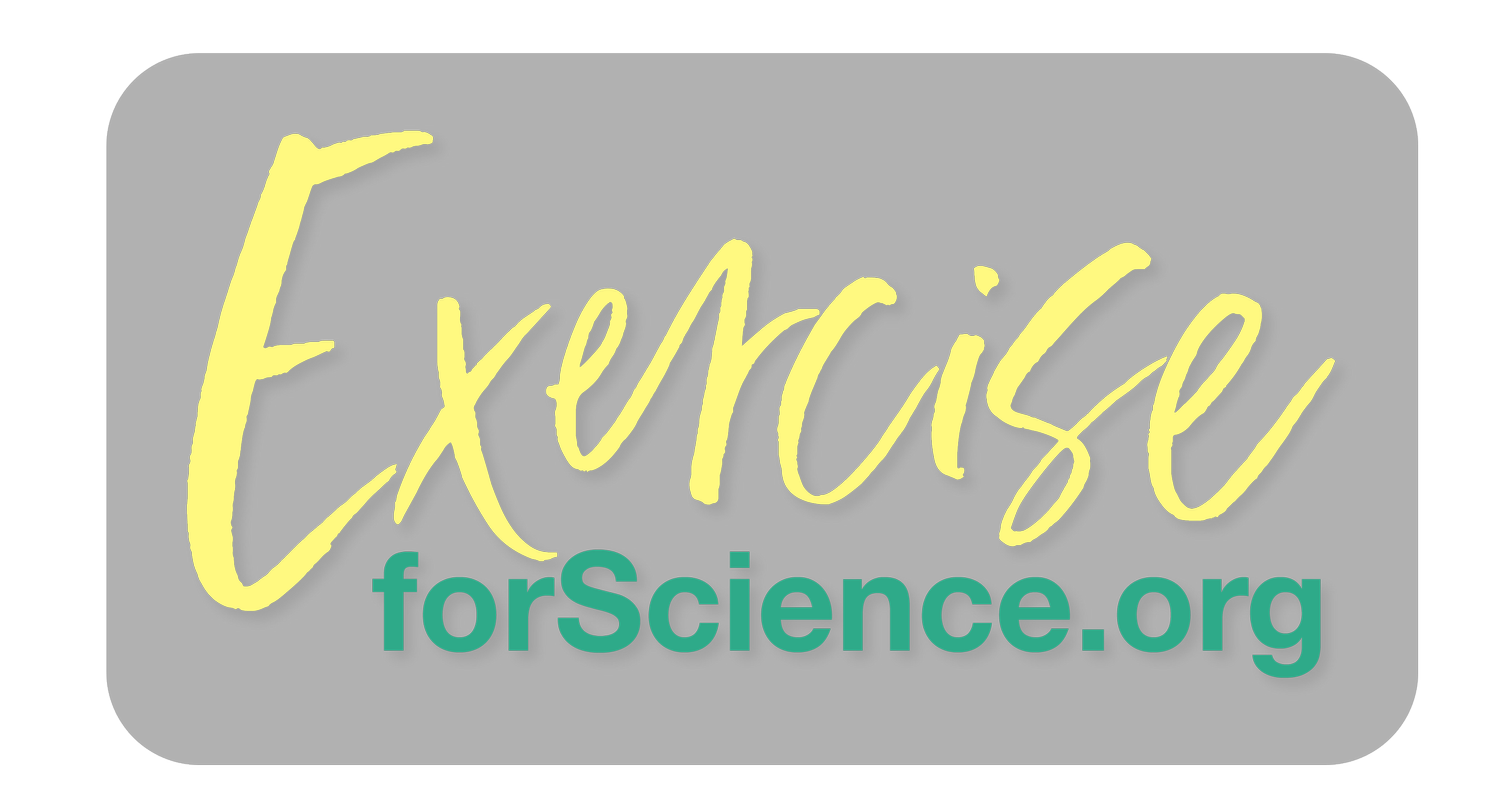Healthy muscles, healthy heart: why building muscle does more than keep your joints and limbs strong
Shared in The Times: Our research helps confirm the role of strength and power training for a healthy heart
Our findings are taking on a wider significance in preventing heart disease
Ever heard of fatty muscles? It's not just about visible body fat anymore. A recent study from Harvard University shook things up by revealing that fat nestled within our muscles could spell trouble for our hearts. This hidden fat, known as intermuscular fat, was found to significantly increase the risk of heart attacks and heart failure, regardless of a person's overall body fat levels.
In the study, Professor Viviany Taqueti and her team showed that people with high levels of intermuscular fat were more likely to experience heart attacks or heart failure than people with lean muscle tissue. They found that every percentage increase in muscle fat resulted in a 7% higher risk of heart disease in the future, no matter how much visible body fat they had.
This finding was included in a recent article in The Times - along with details of our cycling study and a comment from Prof Alister Hart.
Muscle fat and inflammation
So why is fat such a contributor to worse future health? Well, intermuscular fat doesn't just sit there; it stirs up inflammation that can damage our blood vessels, including those crucial for heart health. As we age, our muscle mass naturally declines, making matters worse by allowing more fat to infiltrate our muscles. This decline not only affects our physical abilities but also raises the risk of obesity, Type 2 diabetes and heart disease.
Another recent review found that it is typical to lose 1-3% of muscle mass each year from the age of 40, a rate of decline that increases in our 70s and is often accompanied by greater fatty deposits within the muscles.
Balanced exercise is key
But there’s good news — there's a way to fight back. The key lies in exercising smarter, not just harder. Experts recommend a balanced approach that includes cardio, strength training, flexibility, and balance exercises. This combination not only helps reduce intermuscular fat but also boosts overall muscle health.
Our own research backs up this advice - where we found that middle-aged cyclists have healthier muscle composition in the gluteal muscles.
Strength and power are the heroes here. While strength helps us lift heavy things, power adds speed and explosiveness to our movements, crucial for daily tasks like lifting groceries or playing with young children. As we age, muscle power diminishes faster than muscle mass, unless we actively work on it through specific exercises.
Explosion, not exhaustion
So, how do you build muscle power? It's not about lifting heavy weights until exhaustion - but rather about performing explosive movements. This is the finding from a recent paper in that found people with more muscle power tend to live longer.
What does this look like in practice? Think quick bursts of activity that challenge your muscles to move fast. Exercises like fast-paced weight lifting or explosive jumps can significantly enhance muscle power over time.
The good news is, you don't have to aim for Olympic-level strength to reap the benefits. Even small improvements in muscle power can lead to better health outcomes and increased longevity. Studies have shown that maintaining muscle power correlates with a higher chance of survival over the years.
In essence, taking care of your muscles isn't just about looking good; it's about safeguarding your heart and overall health. By incorporating power-focused exercises into your routine, you're not only improving your physical abilities but also investing in a healthier future.
Further reading:
Power to prolong independence and healthy ageing in older adults - British Journal of Sports Medicine
Muscle fat may pose higher risk to heart health than other forms of fat - Medical News Today
Is your heart at risk from fatty muscles? - The Times

